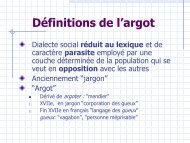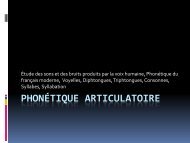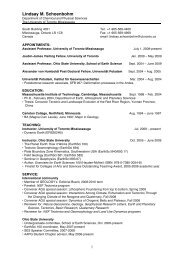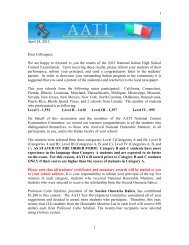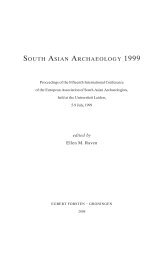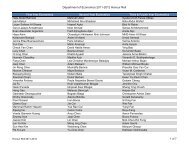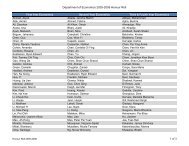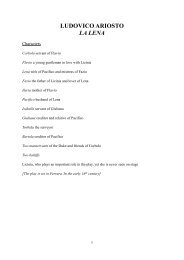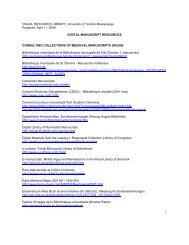Diatrype disciformis (Hoffm.) Fr.
Diatrype disciformis (Hoffm.) Fr.
Diatrype disciformis (Hoffm.) Fr.
You also want an ePaper? Increase the reach of your titles
YUMPU automatically turns print PDFs into web optimized ePapers that Google loves.
Order Pezizales<br />
Family Tuberaceae - the truffles.<br />
The inoperculate ascus has a<br />
thick tip that is perforated by a<br />
pore (there is a hole through the<br />
tip). The pore wall may turn<br />
blue in Melzer’s reagent.<br />
Ascus (showing an apical perforation<br />
pore with the wall turning blue in<br />
iodine solution), paraphyses and<br />
ascospores of Mollisia ventosa. ©<br />
Hans-Otto Baral<br />
http://tolweb.org/Leotiomycetes<br />
The ascomata are closed, hypogeous and<br />
solid (no air spaces any more -- as you can<br />
see in this bisected specimen of Tuber<br />
aestivum, which a truffle dog brought to me<br />
at Scheggino in Italy)<br />
The asci, produced in a highly convoluted<br />
hymenium, are rounded and thin-walled<br />
(those of Tuber albidum are shown at left)<br />
with no trace of an operculum or other<br />
shooting mechanism, and usually contain<br />
only 1-3 spores. TEXT.



